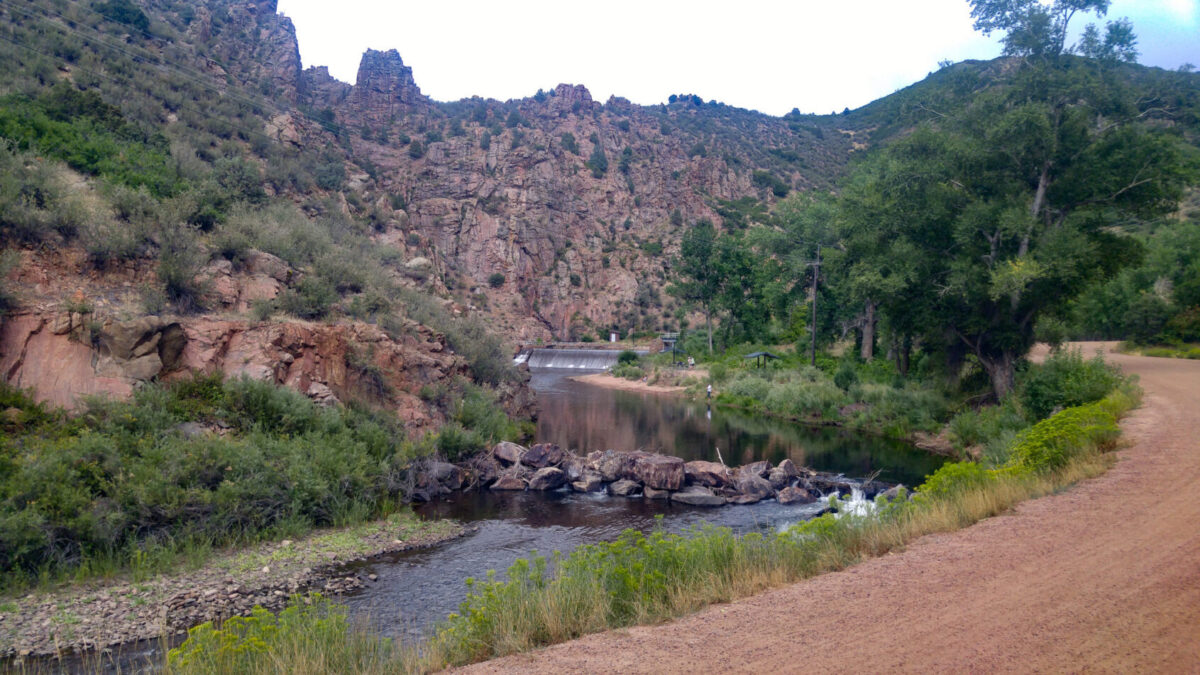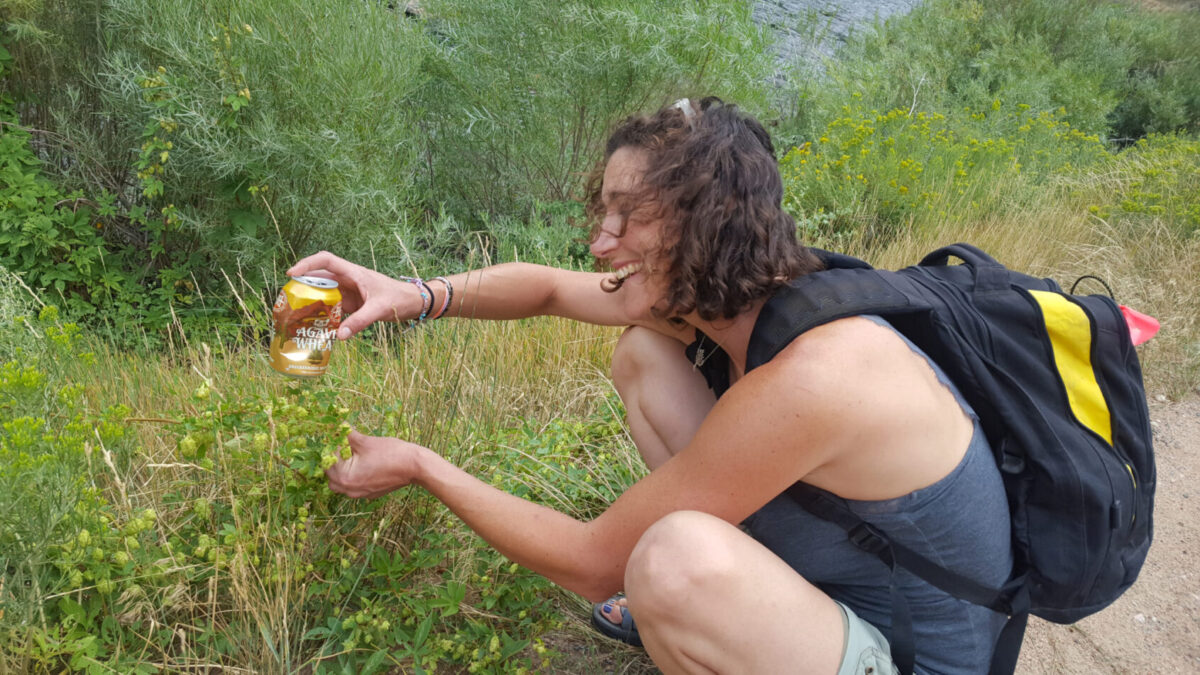Discovering Denver’s Waterton Canyon
Yesterday I had a day off, so my roommate and I wanted to get out of the hotel we have been staying in while working on location for a plant restoration project in Denver, Colorado. Being our only day off, with a work schedule of six 11-hour days, however, we did not get an early start. Looking around for something close by, we happened across a trail through Waterton Canyon. It looked familiar, and we realized that we pass by it every day on our way to the job site. There always seem to be dozens of cars parked at the trailhead and an endless stream of foot traffic on the crosswalk.
I was working in Denver, at the Chatfield Reservoir. We stay in Lakewood, about a half-hour drive from the job site. Waterton Canyon is close to the reservoir in a seemingly quiet area that is close to Denver. We were not sure what to expect, the trail is actually a gravel road used by Denver Water to service the Strontia Springs Dam located about 6 miles up the canyon. The road is closed (for the most part) to all but official vehicles, but it gets a lot of foot and bicycle traffic.
And I mean a LOT.

Much to our surprise, it was unexpectedly delightful. This trail is convenient, beautiful, well maintained, and obviously well loved. Well, we sure loved it.
The “trail” is actually a service road, so it is wide and flat the entire way. The weather in Denver was typical: overcast, then sunny, then thunder and lightning, then sunny, then raining, then sunny. The number of visitors did not seem affected by this pattern; there are a lot of locals that use this trail.
Waterton Canyon contains the South Platte River and is a local hotspot for fly fishing. In fact, my Uber driver from the airport told me about it when I first arrived, though I had no idea at the time how close it was to where we were working.

There are signs along the trail that say “Danger – falling rocks”. And, we discovered why: Bighorn Sheep! There are large herds that occupy the canyon, and they are not shy. We even got to see the kiddos hopping around on the rocks…slightly more coordinated than my 9-year-old son, but not by much!
Of course being who I am, I was easily distracted by the plants. One, in particular, caught my eye that I was not familiar with – True Mountain Mahogany (Cercocarpus montanus)—which has the coolest feather-like seeds. I mean, bighorn sheep are cool and everything, but the plants! Denver is high desert country, and desert plants are particularly interesting because of the adaptations they need to survive.
Okay, that sounded pretty nerdy.

photo: Belle Rose Pidcock
Sometimes being a plant nerd can be sort of cool. Like when you discover wild hops growing along the trail, and find out later that they are actually native to the American southwest – I had no idea! Common hop (Humulus lupulus var. neomexicanus) is native to the US, in all states west of the Mississippi. And here I was, thinking they had just escaped from some local hop farm. Perhaps that explains why major breweries choose to make Colorado their home (think Coors).
We ended up walking about 4.5 miles up the canyon (and back out again), for a total 9-mile loop. We discovered this enormous downed cottonwood snag on our way back, and of course, had to stop and play on it for a while. And since my best friend, yogini and travel partner, Annette couldn’t be on this trip with me, I had to do some yoga poses for her. Annette, I tried to do Tree Pose (duh) and almost fell off the damn tree. So, you get Warrior 2.

We were skeptical about this hike. The proximity to the city coupled with the obvious heavy visitor use it receives, made us think it would be crowded and maybe even a bit trashy. But, it wasn’t any of those things. Denver Water has done an incredible job with this recreation area, and visitors to the trail treat it with both appreciation and respect. I highly recommend that anyone living in or visiting the Denver area take a hike up Waterton Canyon. You won’t regret it.
—content and photos by Lisa Riley






